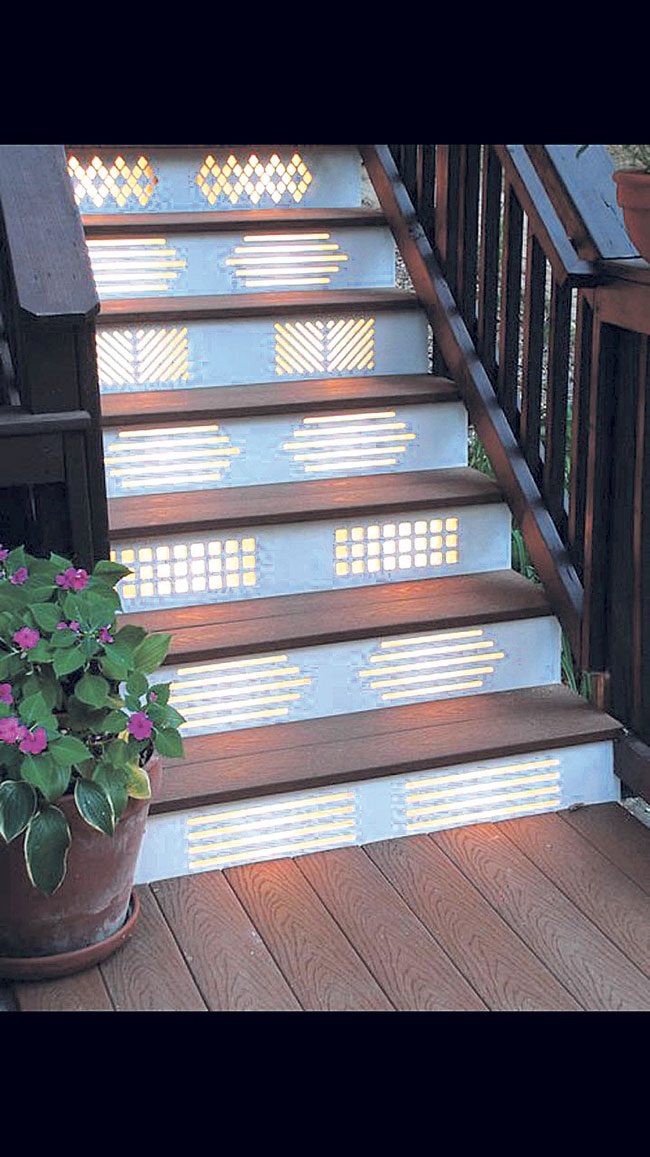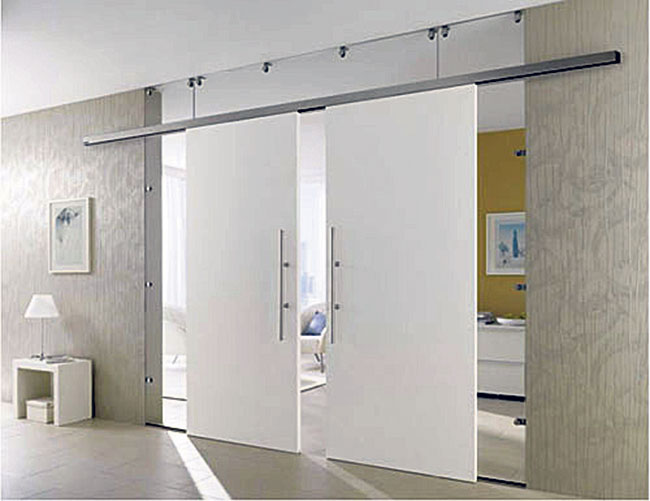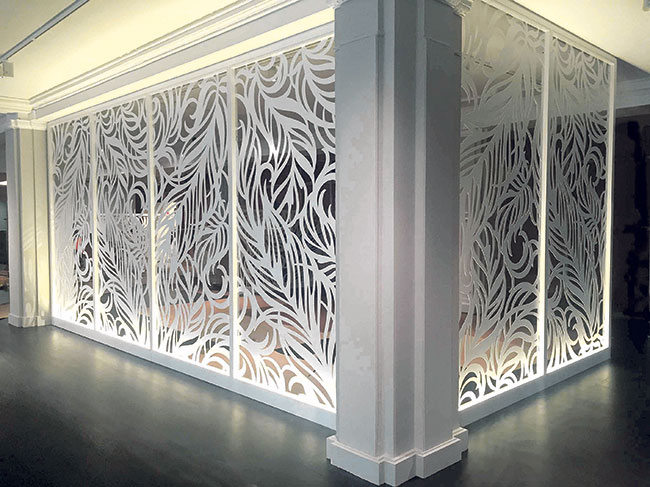Whenever many go about setting the vibe of their interiors, they start by focusing on the furniture and its arrangements. But that is actually regarded as an amateur mistake. That way, you are missing the bigger picture. Whether you want your sitting room to have a rich lush feel or you are looking to incorporate a contemporary, oriental look to your dining setting, the factor that makes the most difference is the material you use.
Picking the right material for each room in your home or office should indeed be the initial priority and, as it turns out, there is one material that is making quite the first impression among the locals in our capital. The Week explores more.
At the Board Anywhere store in Gyaneshwor, Kathmandu, Roman Pradhan talks about how it is time to go green. Now as furniture supplying interior store, this can certainly prove to be tricky. Most in his place find it hard to care about being environmentally friendly when all of their products come from wood. However, Pradhan claims to have found the perfect interior material and he hands in one of their pamphlets that actually have ‘Save Trees. Save Earth’ written on it.
This material is called Wood Plastic Composite or WPC. It’s only been around seven to eight months that WPC has hit our local market. So while the likes of China and India have already taken to the material, Nepalis are just getting to know about it.
Basically, WPC are composite materials composed of around 55 percent of waste wood that is wood fiber/flour and the rest is made of thermoplastic resin waste plastic. Since it is made from waste product and 100 percent recycled material, it has been touted as eco-friendly. Indeed, while they look like wood, they aren’t actually made of wood.
Furthermore, WPC doesn’t only appeal to the green community, it has other benefits as well. Its unique composition gives it a lifetime warranty. Pradhan sells it as a complete water resistant, termite proof material that doesn’t get damaged by continuous exposure to sunlight as well.
Like we mentioned, it is making quiet the first impression. Sapana Sapkota, an interior designer from Della Casa, for instance shares that she has been frequently using the material for her projects for the last five to six months.
According to her, the best feature of WPC is its superior finish. “Choosing the right material is certainly of paramount importance in interior designing and with WPC I don’t have to go about the usual steps that I have to go through for wood treatment. I don’t have to concern myself with mica, furnace and all. Both its sides have great finish which helps the designs,” she says.
Five home décor to customize your new house

All this Pradhan cites helps decrease the labor cost by 30 to 40 percent as well. Sapkota, on the other hand, focuses on WPC’s uses. Apparently, she has started using the material for both interior and exterior designs.
Here are few of the interior design ideas that highly complement WPC.
Accessories and decorations

The trend of using WPC to bring about patterns for extra decoration is also on the rise. There are some who use it as wall decorations where they put a light behind it and use the cover WPC pattern board as a highlight. This can also be used as shown on staircases as well. Some clients have also been known to go a step further and build their tables out of the patterns made on WPC. “The options are endless so feel free to get all creative with WPC,” concludes Pradhan.
Sliding Panels
 This will require you to bring out some tools and do a fair share of handy work. Nevertheless, sliding panels prove to be a unique addition to a Nepali household’s interior. They are obviously not a new concept. In fact, they are often associated with retro or oriental vibes.
This will require you to bring out some tools and do a fair share of handy work. Nevertheless, sliding panels prove to be a unique addition to a Nepali household’s interior. They are obviously not a new concept. In fact, they are often associated with retro or oriental vibes.
However, you can give it a more contemporary look by choosing to use patterned WPC frames. They shall bring in patterns, textures as well as definition to your space. Sliding panels are also much appreciated for allowing uninterrupted movement from one room to the next. Though be warned, these won’t give you the quiet or secluded environment that glass or metal sliding panels may. So note your requirements and your plans for the space in question.
For instance, this could apply for your kitchen and dining room. When you have guests you can close the sliding door and block the view of the work/hassle going around in the kitchen. Similarly, you could also use it to separate your bathroom and bedroom or even your toilet and bath. Depending on your need you can partition your space accordingly.
Outdoor use
 Not all materials can be used for outdoor decor. There are many factors like the sun and rain that one has to consider. However with WPC this isn’t much of an issue. In fact, Sapkota, the interior designer, shares she has become very fond of using WPC for her outdoor projects.
Not all materials can be used for outdoor decor. There are many factors like the sun and rain that one has to consider. However with WPC this isn’t much of an issue. In fact, Sapkota, the interior designer, shares she has become very fond of using WPC for her outdoor projects.
According to her, currently net pattern installations are very popular for balconies as well as gardens. You can simply put them up alone and add an extra element of design to your house or you can again use them to separate an outside seating/lounging area.
The trend of building decks on your backyard may not have caught on yet in our country but with WPC, this is also an option that you can consider. Without humidity or water to worry about, you can build wooden looking platforms in your own backyard and decorate them with sofas, tables and a shade. It makes for an amazing space to host your friends and family during the weekend.
Room dividers
 Room dividers can contribute to a contemporary theme. While they are decorative, they can be functional as well. Rather than using curtains or wasting space by putting up an actual wall or even installing doors, you can opt for these dividers. It’s a great idea for not only apartments but also big rooms because you can tout them as a decorative element of your interior. They can help add a splash of color, bold texture as well as decorative patterns.
Room dividers can contribute to a contemporary theme. While they are decorative, they can be functional as well. Rather than using curtains or wasting space by putting up an actual wall or even installing doors, you can opt for these dividers. It’s a great idea for not only apartments but also big rooms because you can tout them as a decorative element of your interior. They can help add a splash of color, bold texture as well as decorative patterns.
Simply break large living spaces into the required area. It could be for your books and reading, your kid’s bedroom and their play area or just your office that needs a separate designated space – with room dividers, you can create yourself a cozy area. Pradhan mentions that they already have readymade patterns made of WPC for this specific purpose. However, if you wish you can also share your ideas and personalize a modern interior design in your own unique style.
Kitchen
 Personally, Pradhan believes WPC makes for the best kitchen interior material because of its features. He apparently makes it a point to let his customers know about it as well and so far there have only been positive feedback.
Personally, Pradhan believes WPC makes for the best kitchen interior material because of its features. He apparently makes it a point to let his customers know about it as well and so far there have only been positive feedback.
As we know, most Nepalis have kitchens built using plywood but with the introduction of WPC, he expects this trend to change eventually. “I don’t even have to work hard at selling the idea. This material just seamlessly fits with the requirements of a kitchen,” he says, once again listing its water resistant and fire resistant properties.
Kitchens also require durability and aesthetics and WPC while offering superior finish is less susceptible to rot, decay, and very easy to maintain as well. This may be an era of excessive choice, but this newest option is the market is proving to be very useful indeed.







_20220104162611.jpg)



























